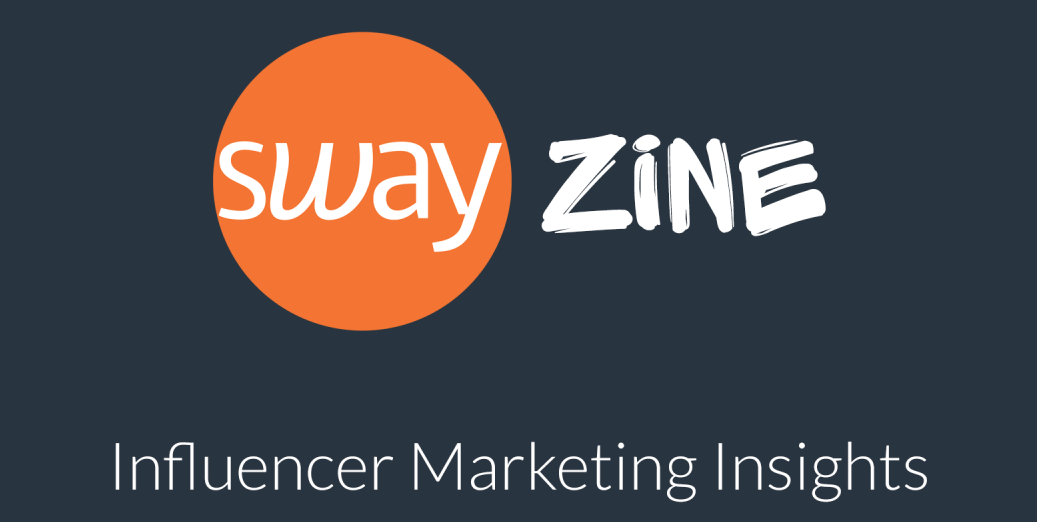
Have you all seen the latest Gen Z study by Edelman? It’s REALLY good, and well worth sharing your info to get the download. I loved this study both as a marketer and as a mom of two Gen Z adults. There is so much juicy goodness in there, but what I want to focus on today is the study’s highlight on in-person interactions and how that impacts the world of influencer marketing.
We all know that Gen Z is the most digital-first generation, but one of the most fascinating standouts from the Edelman study is an emerging paradox: while their feeds are full, their appetite for real-life experiences is growing. Eighty-three percent of Gen Zers say they have an unhealthy relationship with their phones, a higher rate than other generations. The constant churn of trends and hyper-targeted content cycles has created fatigue, not connection, and this is pushing Gen Z to seek out real-world interactions that foster meaning and community.
Brands and influencers are responding. The research spotlights practical examples, from Zohran Mamdani’s scavenger hunt that invited young New Yorkers to unplug and explore the city together, to Heineken’s “Boring Phone” campaign that encouraged Gen Z to disconnect and reclaim in-person social moments. These campaigns succeed by making the brand experience tangible, not merely scrollable, and by helping Gen Z “enjoy the moment” in community.
The takeaway for marketers? Gen Z wants brands and influencers that actively facilitate offline connection. Campaigns should offer compelling reasons to unplug. This can look like anything from pop-up events and DIY gatherings to QR-activated challenges that blend online and offline. Importantly, Gen Z expects brands to understand their digital fatigue and to prioritize personal, meaningful experiences over algorithm-driven engagement.
Beyond campaign mechanics, the Edelman report cautions against treating Gen Z as a monolith. Both Gen Z 1.0 (23-29) and Gen Z 2.0 (13-22) experience digital overwhelm, but the younger cohort’s skepticism is even higher, further magnifying their craving for authenticity in person. To truly connect, brands must create spaces, both physical and emotional, where Gen Z feels seen, supported, and part of something bigger.
This shift toward IRL connection isn’t just a marketing trend. It’s a long-term reorientation that rewards brands and creators who help Gen Z move beyond the feed, turning fleeting digital interest into lasting, real-world moments.
Danielle
P.S. Here is where I remind you that Sway Group has over 14 years of experience bringing real-life experiences to online influencers. We’d love to help you figure out how to incorporate this kind of activation into your marketing plans.
P.P.S. I couldn’t let a newsletter go out today without acknowledging the terrifying attack on free speech that is taking place right now by the U.S. government, specifically, the F.C.C. I am beyond disappointed by the corporations that are enabling this situation, and I am more grateful than ever to remain an independent entity that is dedicated to elevating the voices of creators.
